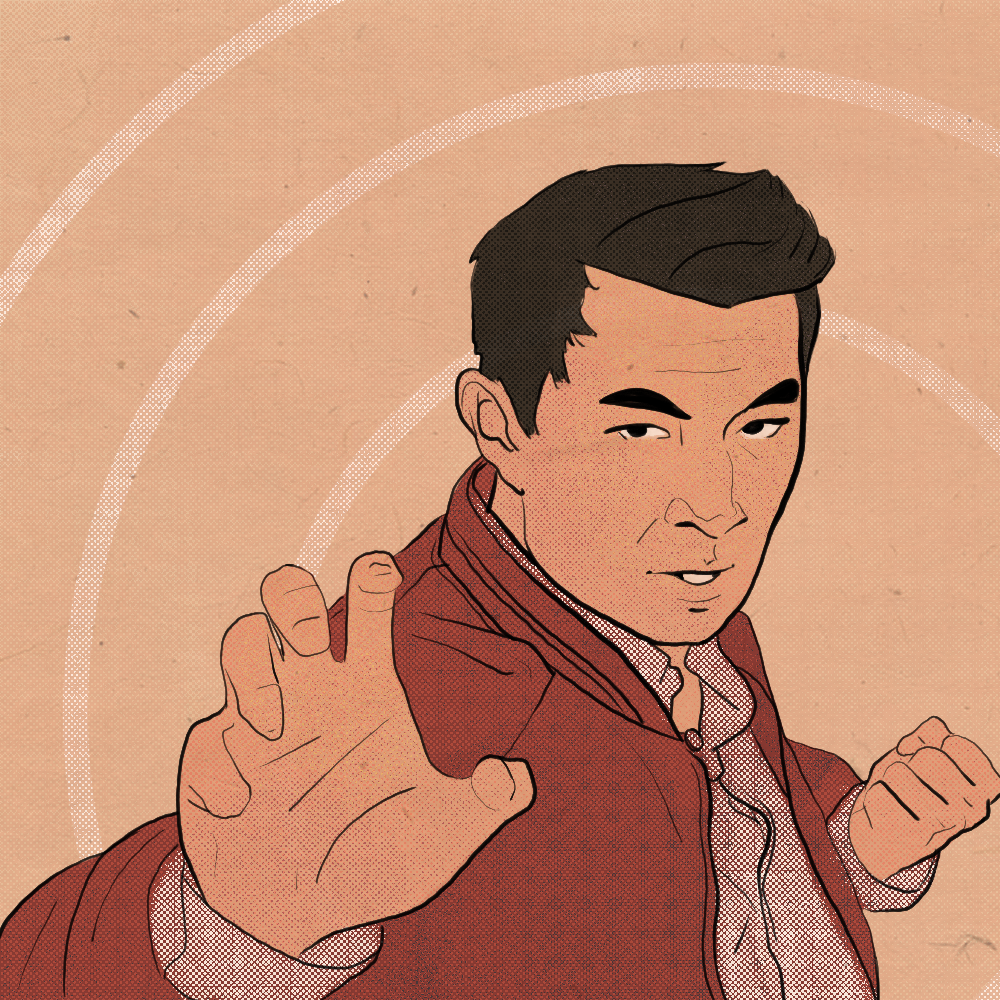Please visit response.fsu.edu for official FSU updates and resources.
Shang-Chi Proves Marvel Can Still Tell Compelling Origin Stories

Shang-Chi and the Legend of the Ten Rings, Marvel’s second film to release exclusively in theaters since the beginning of the pandemic, has already shattered records, quickly becoming a huge box-office success. The film is already the number one highest-grossing film of 2021, making over $320 million in profits. While at this point, it is no surprise to see Marvel doing these kinds of numbers, it is definitely worth noting that Shang-Chi and the Legend of the Ten Rings is the first MCU film since 2019’s Captain Marvel where the main premise is the introduction of a new Superhero. Marvel has obviously released multiple shows and films since, but most have continued the stories of pre-established characters. And with Captain Marvel being one of the least popular MCU films, there has been a real question as to whether or not Marvel is still able to deliver complete, authentic, and unique origin stories. Desperately trying to walk the fence between giving audiences the story of a character’s iconic journey to Heroism without being repetitive or formulaic. Which has always been one of the main criticisms of the MCU.
Taking all of that into consideration, I think that Shang-Chi and the Legend of the Ten Rings absolutely knocks it out of the park, and I am not alone in this opinion. The film has received vast critical acclaim from Marvel fans and general audiences all around the world. I believe one of the key reasons is because this film is a completely new origin story, and although there are some references to the overall MCU, casual movie fans do not face confusion due to not having seen every previous installment of the MCU. Shang-Chi and the Legend of the Ten Rings follows the story of Shang-Chi (Simu Liu), a young Asian-American man known as “Shaun” who leads a humble life working as a hotel valet with his childhood friend Katy Chen (Awkwafina) in San Francisco. Both seem to be complacent and comfortable with their lives but are critiqued by friends and family as lacking maturity and ambition. Everything changes when Shang-Chi is forced to confront his mysterious past after being randomly attacked on a public bus. After escaping, he is forced to reveal his true name and history to Katy. After his mother died when he was seven, Shang-Chi’s father, Wenwu, trained him to become an assassin. As a teenager, he managed to escape and migrate to America for a fresh start. This leads to a wild adventure where Shang-Chi and Katy travel to China to try to stop his would-be assassins.
When it comes to Marvel films, there are many elements that we have come to expect. Shang-Chi and the Legend of the Ten Rings still offers many of the entertaining elements that audiences have grown accustomed to, such as well-choreographed fight scenes, captivating visual effects, and frequent comic relief. But one thing that distinguishes Shang-Chi and the Legend of the Ten Rings is that although it shares many of the same qualities as other Marvel films, these elements are all executed extremely well and thus do not come off as derivative. It is only when these aspects are not done effectively or the story itself does not offer anything outside of these elements that it can really come across as uninspired. This is simply not the case when it comes to Shang-Chi and the Legend of the Ten Rings. On the contrary, I think there is a valid argument that this film utilizes these elements just as well as if not better than many of the best Marvel films.
The choreography of every fight scene was absolutely spectacular, some of the best I have seen from any MCU film. Whether characters were being thrown around, spun, kicked, pushed, or pulled, the blocking of these movements makes them look flawless and even elegant in a way (especially fights between main characters). You can tell that the choreographer worked very closely with the cinematographer to capture fights from interesting and unique angles. The film also transitions well from serious, dramatic scenes to hilarious dialogue and outbursts. This is one of the main problems with previous MCU entries, which often forced comedic moments through corny one-liners or unnecessary interactions that take away from the film’s flow/mood. Thankfully, Shang-Chi and the Legend of the Ten Rings corrected this, effectively evoking suspense and intensity throughout while also containing countless hilarious beats. In terms of visual effects, what really stood out to me was the remarkable animation of the Chinese countryside and forests, specifically the Ta Lo village, filled with beautifully designed mythical creatures of all shapes and sizes.
That ties into the other aspects of the film that I feel make it such a great addition to phase four of the MCU, because what really sets Shang-Chi and the Legend of the Ten Rings apart from recent Marvel origin stories is the fact that it created an entire world and history totally independent of the existing MCU. And not only that, but it did so in a way that was unique, authentic, and interesting. Culturally, Shang-Chi does an amazing job of referencing and explaining much of the mythology and lore that the film utilizes. From the history of the Ten Rings organization to the mythical beasts of Ta Lo, all of it is portrayed in a way that both respects and honors Chinese culture. The film also strives to create well-rounded characters that develop over the course of the film. Shang-Chi and Katy specifically show incredible character growth, each maturing as they overcome internal and external obstacles. Shang-Chi exemplifies this exceptionally well as he is constantly forced to confront the past he had been trying to avoid for so many years, before finally coming to terms with it and realizing his full potential.
In a time when Marvel shows have been stealing most of the headlines, Shang-Chi and the Legend of the Ten Rings had a lot of pressure to show fans that theatrical releases are still very much part of Marvel’s future plans. Shang-Chi and the Legend of the Ten Rings excels in both implementing the stereotypical elements associated with Marvel movies in a manner that works for the film, and more importantly, telling a unique story that engages audiences and makes them invest in Shang-Chi’s journey from California Valet to Mystical Martial-Artist and Superhero. While I’m sure Marvel Studios will continue expanding on their established characters for the foreseeable future, it is incredibly reassuring to see that they still have the capacity to create entertaining origin stories as they slowly transition to a new generation of superheroes for the audiences of phase four and beyond.
Written by: Bryan Herrera
Art by: Cassidy Elibol



